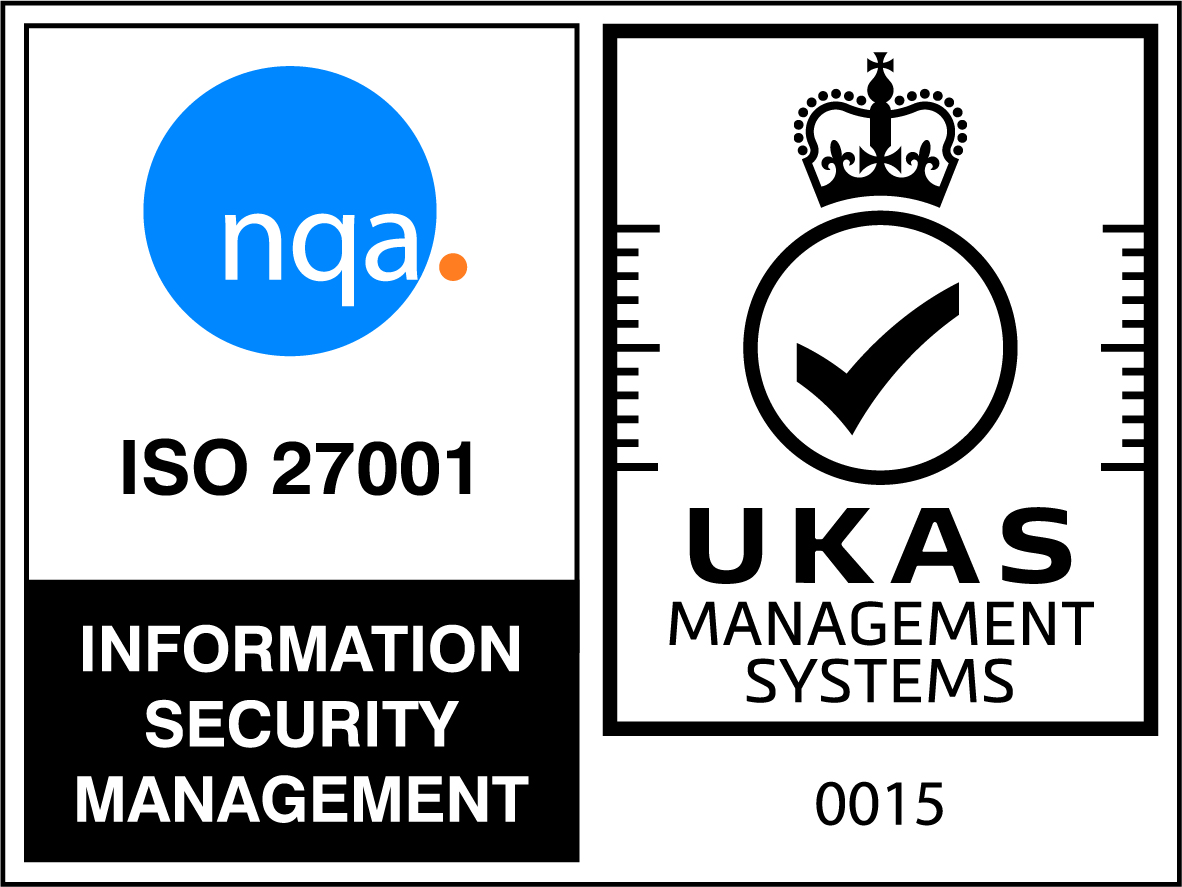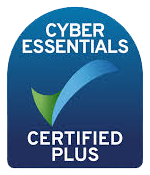John Mattinson, Operations Director, Certero
If you’re new to Software Asset Management then you’ve probably heard of something called an Effective License Position but might not know what it is. Fear not, our quick introduction will put you in the know in no time.
An Effective License Position (often referred to as just an ‘ELP’) is one of the foundations of effective SAM. As the name implies, it is the current “effective” status of your license consumption versus entitlement for a given software publishers such as Microsoft, Adobe, IBM, Oracle or SAP (and, indeed, every other software vendor). An Effective License Position will help you identify potential risks such as compliance failures (where you are consuming more software than you have licenses for) and over-spend (where your usage is lower than your entitlement).
To be truly effective – as opposed to being an Ineffective License Position – your ELP needs to be based on a careful reconciliation between two data sets: what’s deployed and what your organization is entitled to use.
Sounds simple. It isn’t! Within these two data sets, there’s actually a lot of data to be collected, processed and presented in a way that makes working with it possible.
Consumption Data
To understand your consumption of a particular publisher’s software, you must:
- Inventory all deployed operating systems, applications, databases etc. for the particular software publisher
- Accurately recognize all discovered software to correctly identify deployed applications, including editions and versions
- Collect comprehensive hardware configuration audit information (licensing is now often hardware-dependent, especially in virtual and sometimes cloud environments)
Only once you have all the information above, from across the network, can you reconcile the resulting data against the next data set.
Entitlement Data
Entitlement data will likely come from multiple sources, which in itself can be an administrative challenge. Sources of entitlement data might include:
- Hard copy licenses and contracts from your own files
- Entitlement reports from the software publisher or management portals
- Transactional data from resellers and licensing providers
It’s important to expect that no one source will give you all the data you need and that an element of consolidation and triangulation will be required when sorting out entitlements.
Creating the Effective License Position
Now you have your two data sets, you can reconcile them to build your ELP. Simple in theory, but much more complicated in practice.
A good SAM tool will help, as it recognizes different applications, versions and editions and uses information like SKUs (Stock Keeping Units) to apply different licensing rules. Some software publishers’ rules are relatively easy to apply automatically. Some are impossible.
And that’s where a good licensing consultant is worth their weight in gold. A consultant with in-depth knowledge of a software publisher’s contract and license rules will work with the SAM tool to finesse the ELP calculation so that it’s truly accurate for your organization, based on your consumption, contracts and entitlements.
And that’s it, an Effective License Position. Easy to explain, much more difficult to build.
Next Steps
It’s important to understand that the ELP is a means to an end, not the final destination. Armed with information from the ELP – and enriched with metering data about actual usage – you can make important decisions about future software purchases, financial and compliance risks, current adoption of deployed technologies, and more.
It’s also vital to recognize that each ELP has a relatively short shelf life. Almost as quickly as it’s finalized, it’s out of date. An annual Effective License Position is a thing of the past. Today, organisations need to maintain ‘dynamic’ ELPs to stay on top of their consumption, licensing and spend.
From compliance to optimization
Finally, it’s worth acknowledging that the value of the Effective License Position is changing. In years gone by (and still today to some extent), an ELP was created out of the need to establish the organization’s compliance position. However, as organizations move to cloud applications and subscription licensing, the ELP becomes more useful for optimizing consumption and spend.
Need help with your ELP?
Creating an Effective Licensing Position is an essential but challenging part of any Software Asset Management program. If you need to build one for Microsoft, Oracle, IBM, SAP or another major software publisher, learn more about Certero’s ELP & Optimization services.








